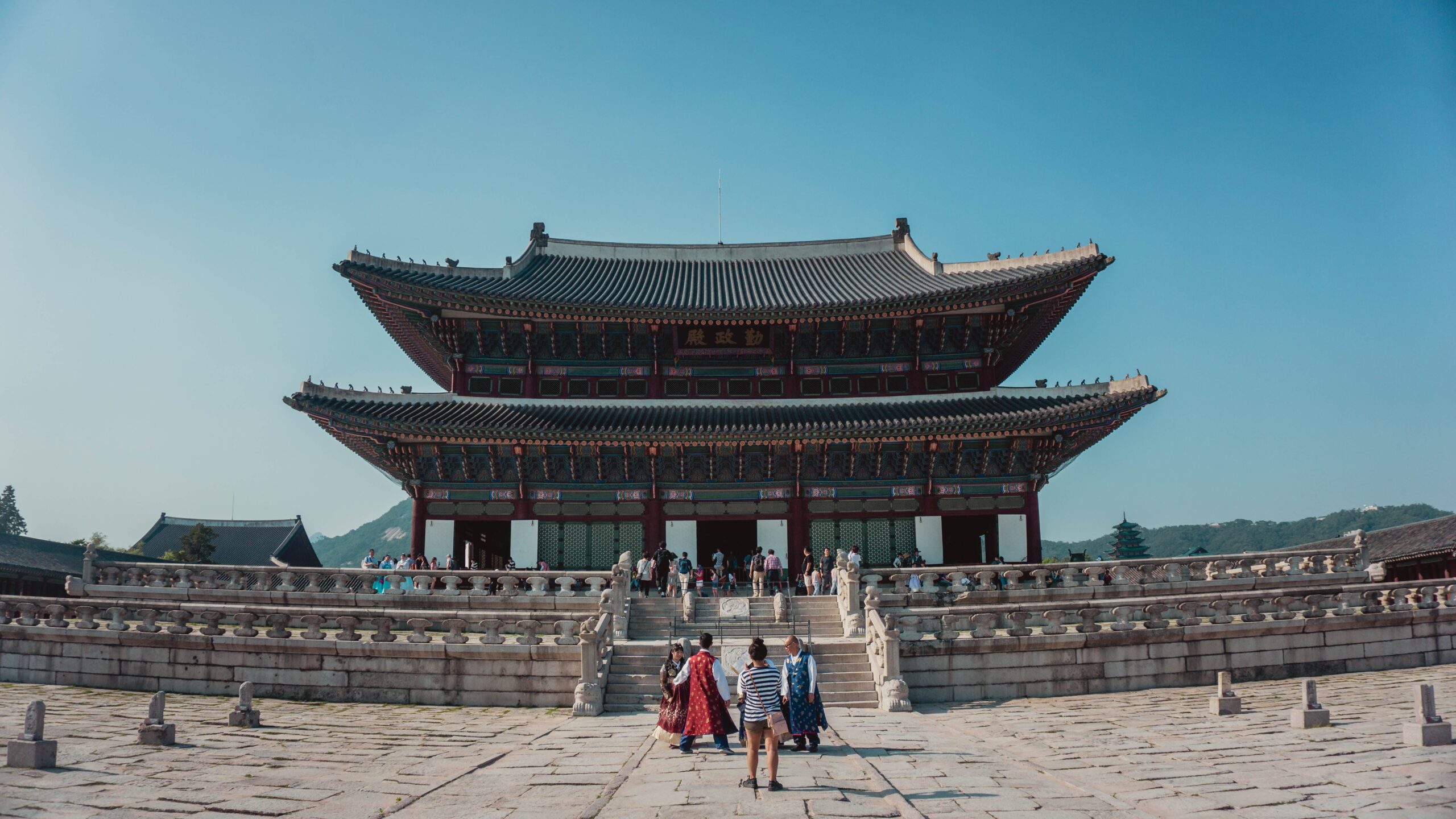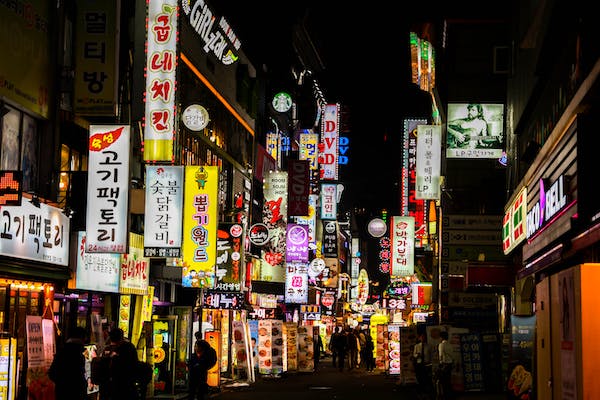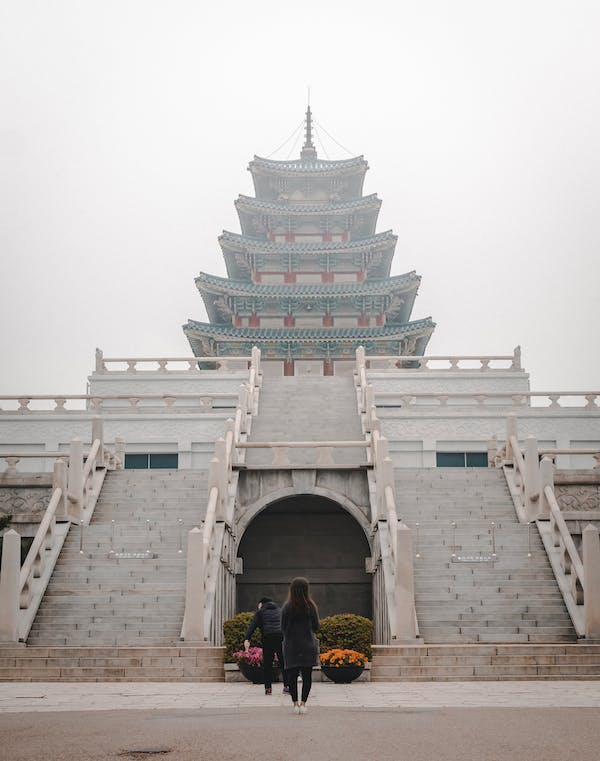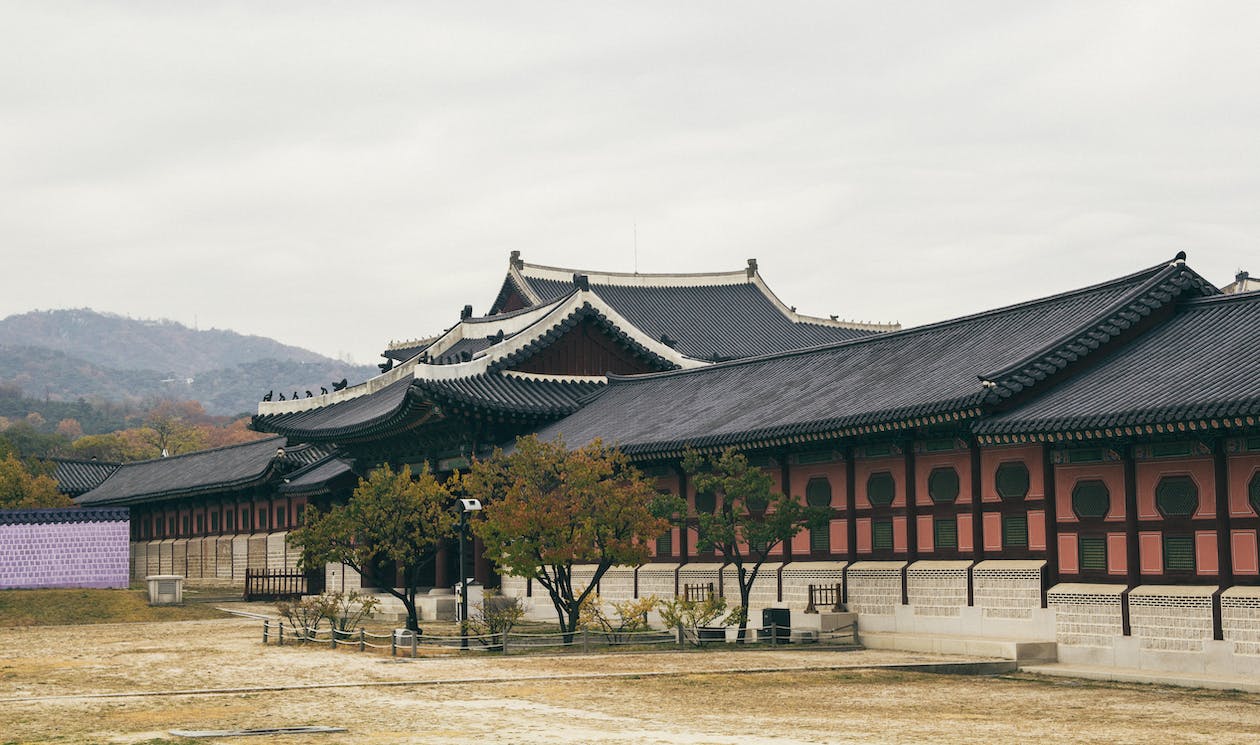Interesting Facts About South Korea
K-pop, K-drama, Korean cuisine, Korean cosmetics, and more. Due to the rapid spread of the Korean surge, it is impossible to avoid hearing or seeing anything associated with Korean culture. From social media to billboards, restaurants, stores, and markets, everything from Korea can be seen. This is why it is no longer … Read more







